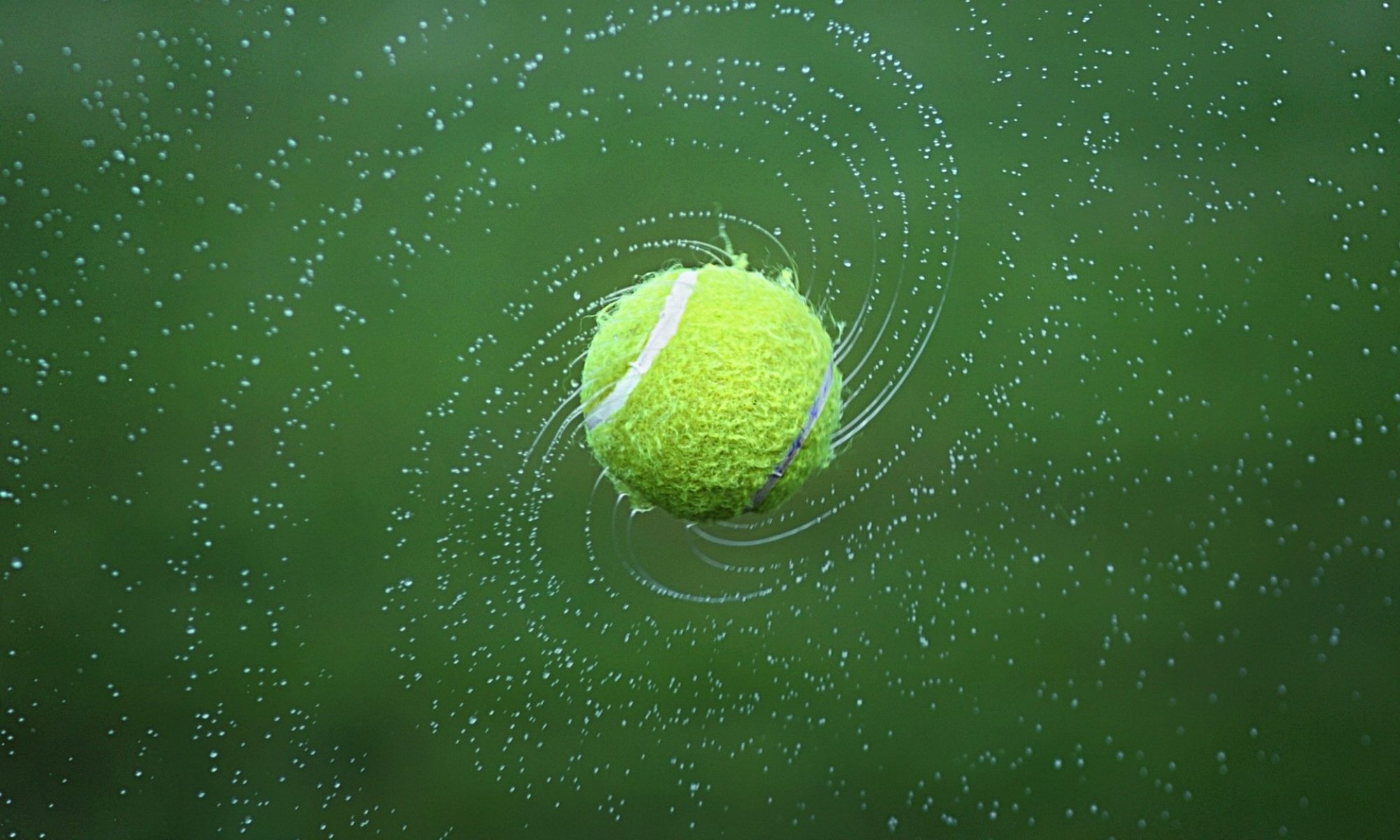In honor of the upcoming Australian Open, let’s look at the Australian doubles formation. The Australian formation is executed by the serving team and involves positioning the server’s partner across the net from the receiver’s partner.(Instead of across the net from the receiver). The server positions themselves very close to the center mark, because they will be covering the other side of the court, unless their partner pouches(more on that later).
Reasons to use the Australian formation
1. Take away the cross-court return from the receiver- if the receiver has been cracking your serves cross-court with ease or damaging effects, the Australian formation will force them to return down the line, a much more difficult shot.
2. Protect a weak stroke- let’s say the server has a weak backhand and their team is losing points when they serve to the add side(for right-handers) and the return is hit well to their backhand. Australian forces the return back to the servers forehand side in this instance.
3. Break receiving team’s concentration/rhythm- nine times out of ten the return is hit cross court because it is the safest and most natural shot. Returners don’t even think about the mechanics of it, but…if they are forced to alter their return (because their opponent is standing right where they’ve been hitting it) they begin to think a lot about how and where to hit it. Many times, they don’t even make the return.
Next time we’ll get into the specifics of executing the Australian formation successfully.
